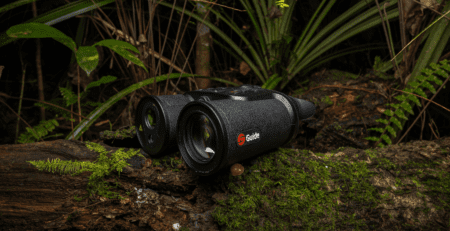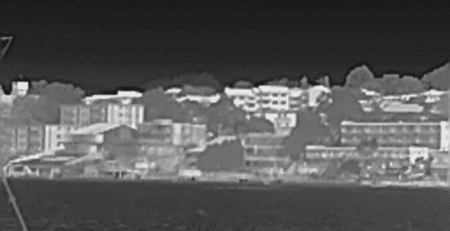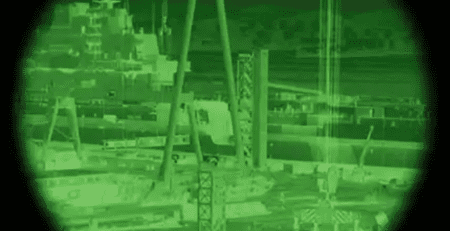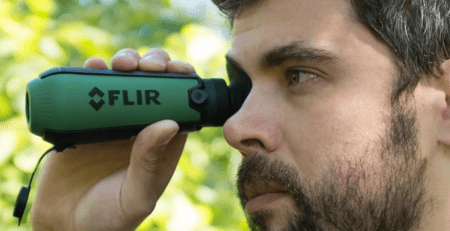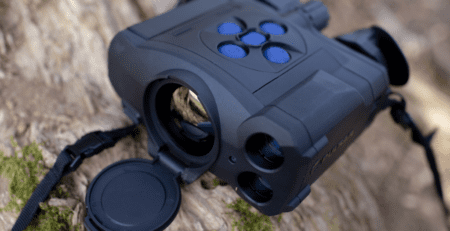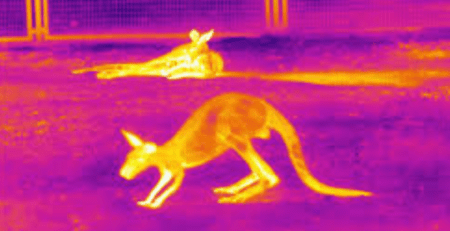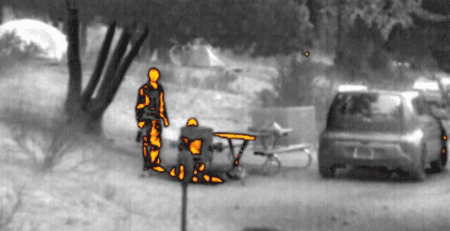The History of Night Vision Technology
Night Vision technology has developed so much in recent years, that it is hard to believe that it originates from before the Second World War. In this article, we explore the history of Night Vision and the generational changes that have lead us here.

A Night Vision Device is an optical instrument that allows images to be produced in near total darkness. They are most often used by the military and law enforcement agencies, but are readily available to private users.
The term usually refers to a complete unit, including an image intensifier tube, a protective and generally water-resistant housing, and some type of mounting system. Many also include sacrificial lenses, infrared illuminators, and telescopic lenses.
Night vision devices were first used in World War II, and came into wide use during the Vietnam War. The technology has evolved greatly since. Each succession of newer night optics are called ‘generations’ with performance increasing and prices decreasing at each interval.
Historically armies did not fight at night because of the confusion, lack of intel, and increased difficulty with communication. Only the most highly trained soldiers with a well-rehearsed plan could take to the battlefield at night with any chance of success.
The first night vision devices (Gen 0) were introduced by the German army as early as 1939. By the end of World War II, the German army had equipped approximately 50 Panther tanks with night optics. Infantry were being equipped with the “Vampir” man-portable system that mounted to Sturmgewehr 44 assault rifles.
 Parallel development of night vision was occurring in the United States. The M1 and M3 infrared night sighting devices, also known as the “sniperscope” or “snooperscope”, were introduced by the US Army in World War II. They were active devices, using a large infrared light source to illuminate targets for snipers.
Parallel development of night vision was occurring in the United States. The M1 and M3 infrared night sighting devices, also known as the “sniperscope” or “snooperscope”, were introduced by the US Army in World War II. They were active devices, using a large infrared light source to illuminate targets for snipers.
First generation passive devices, introduced during the Vietnam War, were an adaptation of earlier active Gen 0 technologies. They relied on ambient light instead of an active infrared light source. These devices had image intensifiers that produced a light amplification of around 1000x, but were quite bulky and largely impractical.
Second generation devices featured an improved image-intensifier tube, which utilised a micro-channel plate with an S-25 photocathode. This combination resulted in a much brighter image especially around the edges of the lens. There was also a much needed increase of illumination in low ambient light environments, such as moonless nights. Light amplification was around 20,000x, and image resolution and reliability were also profoundly improved.
Later advancements in technology lead to the development of ‘Gen II+’ devices. These devices were equipped with better optics, supergen tubes, improved resolution and better signal-to-noise ratios.
Third generation night vision systems still use the micro-channel plate developed in the second generation, but now use a different photocathode. The new cathode uses gallium arsenide which improves image resolution and aids in the 30,000-50,000x light amplification. The MCP, in Gen III designs, is coated with an ion barrier film that increases tube life but can impede photoelectrons from entering the plate. The result is that some Gen III devices can produce higher levels of electronic noise than their Gen II counterparts.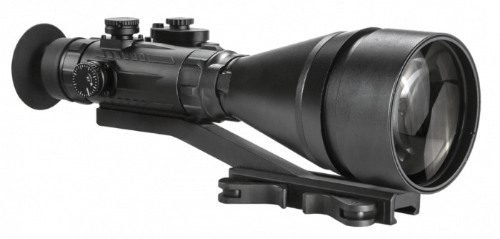
The improvements in night optics in the last decade have been immense. Drastic technological advancements have meant clearer images, improved light amplification, and unbelievable leaps forward for durability and portability. With such a rich history of development, the future for night vision devices is looking bright.




